Recommended Read:
The First 20 Minutes: Surprising Science Reveals How We Can: Exercise Better, Train Smarter, Live Longer, Gretchen Reynolds
Before I turned 40, I looked at exercise mainly as a means of weight control. Sure, I knew all the great benefits of exercise, such as lower blood pressure, lower blood sugar levels, bone health, the role of muscle in healthy metabolism, and the importance of strength for fall prevention.
Now that I am on the other side of forty, I look at exercise very differently, especially after losing a family member to what I would consider a premature death. I have been in the fitness industry for a long time, and I know most people think of exercise only in terms of losing weight. I believe this is misguided. Exercise is NOT the major driver of weight loss; nutrition is. This is why you will hear people say, “Abs are made in the kitchen.” No amount of stomach crunching or abs classes is going to give you six-pack abs. The only way to achieve an ab definition is to have low body fat so your ab muscles are visible.
As a fitness professional, I no longer want to work with clients who have a primary goal of fat loss because most people do not want to do what it takes to lose weight: change their nutrition. As a physical trainer, I am not authorized to give nutrition advice. I prefer to refer people out to a nutritionist who can work with their specific needs. Many younger trainers will provide clients with bodybuilding-contest-prep “meal plans” they got from their coaches, which are unsustainable in the long term. People with bodybuilding/aesthetic training aspirations have entirely different goals from those seeking long-term weight loss for health reasons.
My position is that fitness professionals should emphasize that exercise supports longevity and improves health, and lay off promoting it as a driver of weight loss. Most people become discouraged when they exercise consistently and don’t lose weight, but they stick around if they notice their numbers are decreasing, they fall and don’t get injured, or they are an eighty-year-old woman who can bench press 65 pounds. (Yes, I have a client who can do that!)
Award-winning journalist Gretchen Reynolds shares encouraging research on the effects of exercise on aging in her book, “The First 20 Minutes: Surprising Science Reveals How We Can Exercise Better, Train Smarter, Live Longer.”
Exciting Research about Exercise
Great News: No more long, exhausting exercise
During the pandemic, I had a breakthrough. We don’t need long and exhausting exercise to see benefits. I would go for a twenty-minute walk or do a twenty to thirty-minute strength workout a few times a week in my basement, and it was plenty. The benefits of shorter workouts have been confirmed by research.
“Almost all of the mortality reductions are due to the first twenty minutes of exercise. – Frank Booth, PhD, professor of biomedical sciences at the University of Missouri
According to the best available science, you should walk or engage in light exercise for 150 minutes to improve your health. You can split them up however you want, but 30 minutes 5x per week is a good aim. That can be three ten-minute walks a day. Most people are not getting enough exercise because they think that a workout must be an hour or more to count. I always encourage people to set a timer for 10 minutes to get started, and it’s usually hard to stop at just 10 minutes. A fifteen-to twenty-minute strength circuit can do so much to improve your health. Just get started!
Inactivity Kills
I became even more passionate about exercising and inactivity after losing a family member who refused to participate in physical activity. I firmly believe that this refusal to engage in exercise and being so inactive contributed to what I think was a premature death, and the research supports this.
Being inactive is a health hazard. Inactivity kills. If you think I am being dramatic, listen to Dr. Frank Booth:
“Inactivity is the greatest public health threat of this century, and it is entirely preventable. Inactivity is not just not getting exercise. It has its own physiology.”
Studies have shown that when people reduce their activity, their blood sugar levels rise and their insulin response slows. These are early signs of insulin problems and eventual diabetes.
Inactivity is even worse than smoking.
Researchers used data from the WHO to calculate that too little exercise causes 10.8 percent of all premature deaths in the United States; That is numerically higher than the number of deaths from smoking.
Other findings about exercise and mortality.
Numerous studies of mortality and health have found that for every percentage rise in someone’s aerobic fitness. Their risk of premature death falls. More than anything else, aerobic fitness was a better predictor of longevity than any other health measurement the researchers looked at. Even obese participants and smokers lived longer if they were aerobically fit.
This is why the language of the fitness industry needs to shift from weight-centered to longevity- and health-focused.
Our society has become far too sedentary, and research has previously focused on television viewing and its impact on inactivity. Still, the new culprits are YouTube, video games, and internet scrolling.
How hard should the workout be?
I’ll start by saying that even my clients who are ninety and over do not use 2-3lbs dumbbells. I believe that women can get and stay strong, so my 60-, 70-, and 80-year-old clients are constantly setting new goals. I am continually pushing them to think bigger because they can. Now, of course, we use common sense and do our homework to support these big lifts. Lots of mobility and flexibility work to support these lifts and protect our tendons and ligaments.
I don’t believe in ego-lifting or being stupid in the gym, but I do believe in the principle of overload to build strength.
The principle of overload, which improves athletic performance, results from systematic and progressive training at sufficient frequency, intensity, and duration. – Journal of Physiology
This means that we don’t just get up and decide to bench press 65 pounds. We work up to it. Even for my own strength goals, I have a system as I push myself to get my strength back. I remember thinking I was doing something when a young guy complimented me on the depth of my squats back in the day. This old lady thought she was doing something. I am feeling the fire return, getting strong again. A few weeks ago, a guy asked me if I wanted the 15-pound dumbbells, and I said, “No, I want the 30-pound dumbbells.” I was able to do ten reps of the chest press. I couldn’t look bad after that, but as Jess Sims from Peloton says, “No ego, amigo.”
I heard women’s training expert Dr. Stacy T. Sims recommend interval training for women looking to increase aerobic fitness, and this book wholeheartedly endorses it. I do intervals on cardio machines for 20-30 minutes, and I also do interval training with strength training. I may do 40 seconds of one exercise and rest for 20 seconds. It gets the heart pumping, and intervals are great for when you’re pressed for time.
Exercise for total wellness
As I processed grief and dealt with other issues in my life, exercise became one of my best tools to support my mental health. I prioritized getting enough exercise and getting those endorphins rather than staying in bed. I knew that one of my best tools against falling into the depths of despair was exercise. I refused to stay in bed or drown my sorrows in wine. I remember that first workout after the six most surreal days of my entire life. I put on a Peloton strength workout with Rebecca Kennedy, sang along to “Livin’ On a Prayer,” and found myself clapping and dancing. It was just what I needed to feel good, even for thirty minutes, and to remind myself that life will go on even in the midst of horrible circumstances.
Exercise is the true fountain of youth, and I am not just saying this because it’s what I do for a living. Most people don’t believe I am as old as I am, and I attribute it to exercise. I have so many clients who are over seventy who are thriving, and that is one of my primary goals in life. I want to enjoy my life as long as I live. I do not want to sit around and wait to die while inactivity kills me.
I wholeheartedly encourage everyone to read: The First 20 Minutes: Surprising Science Reveals How We Can: Exercise Better, Train Smarter, Live Longer by Gretchen Reynolds. By the end of the book, you will be encouraged and motivated to start where you are with at least twenty minutes of movement every day.
All you need is twenty minutes not to die prematurely. It is never too late to get started.
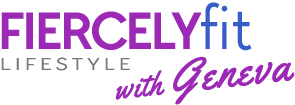
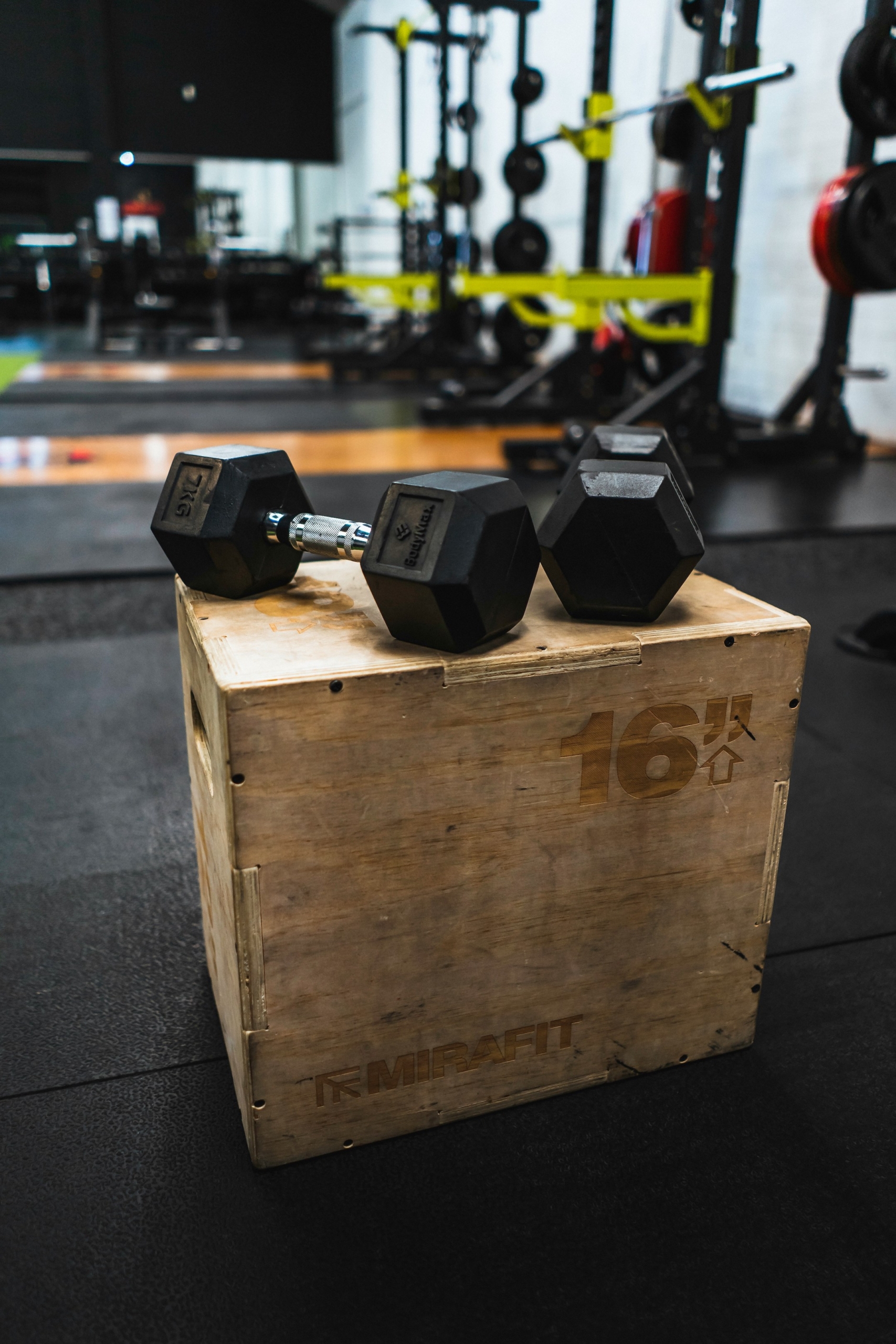
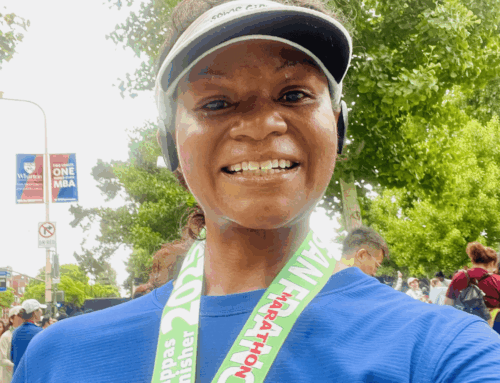
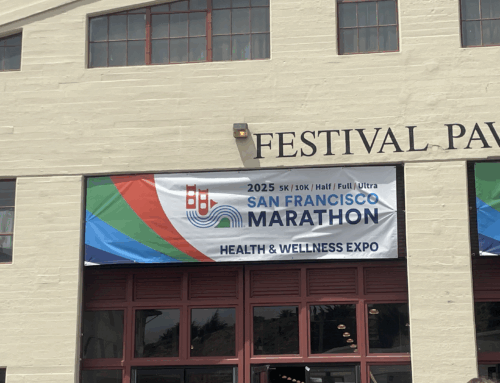
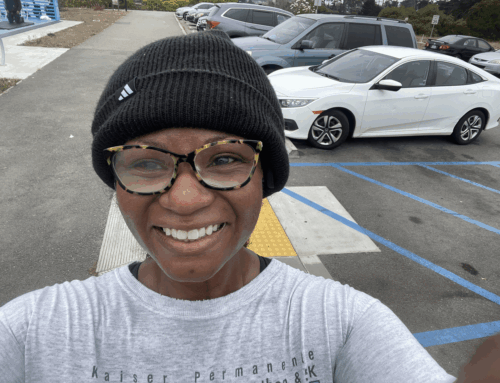
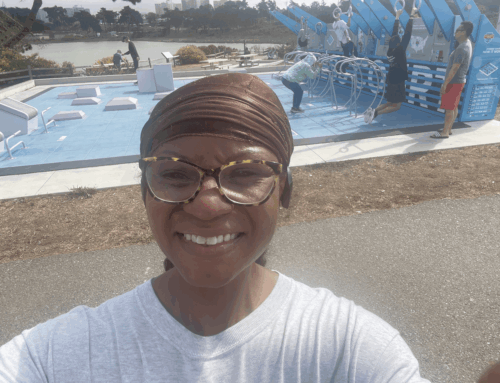
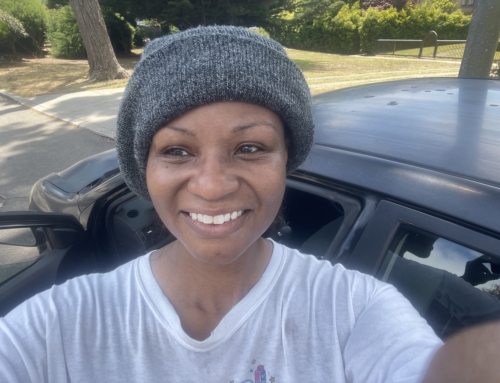

Leave A Comment